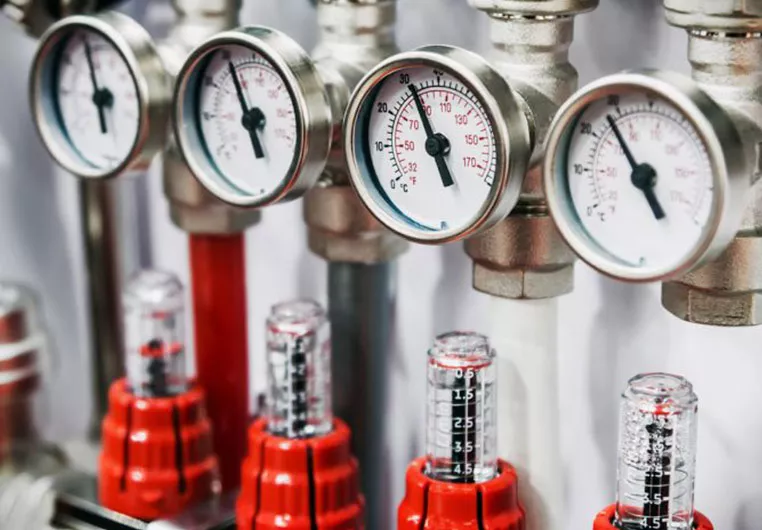check valve types
Understanding Check Valve Types A Comprehensive Guide
Check valves, also known as one-way valves, are essential components in fluid systems, ensuring that fluids flow in one direction while preventing backflow. This functionality is crucial in various applications, including water treatment, oil and gas, and chemical processing. Several types of check valves exist, each with distinct designs that cater to specific needs. This article will explore the primary types of check valves, their working principles, advantages, and typical use cases.
1. Swing Check Valve
The swing check valve is one of the most commonly used types of check valves. It operates with a hinged disc that swings open with forward flow and swings closed when the flow direction reverses. This design effectively prevents backflow due to the weight of the disc and the gravity effect.
Advantages - Simple design, which makes it easier to maintain. - Generally has low pressure drop due to its streamlined flow path.
Applications Swing check valves are often used in water supply systems, sewage treatment, and HVAC systems.
2. Lift Check Valve
Lift check valves use a vertically moving disc or piston to control fluid flow. When fluid flows in the designated direction, the disc lifts off its seat, allowing fluid to pass. If the flow reverses, the disc descends to seal the valve and prevent backflow.
Advantages - Can handle higher pressures than swing check valves. - More compact design, making them suitable for applications with limited space.
Applications Lift check valves are commonly found in high-pressure systems, such as steam and gas applications, and in various industrial fluids.
The ball check valve uses a ball as the closing mechanism. When fluid flows through the valve, it pushes the ball away from its seat, allowing passage. Conversely, when the flow direction changes, the ball returns to the seat, preventing backflow.
Advantages - Excellent sealing capabilities due to the round shape of the ball. - Can operate in various orientations without affecting performance.
check valve types

Applications These valves are widely used in water systems, chemical processes, and irrigation systems.
4. Diaphragm Check Valve
In a diaphragm check valve, a flexible diaphragm serves as the closure element. As fluid flows in the desired direction, the diaphragm flexes, allowing passage. If flow reverses, the diaphragm seals off the opening.
Advantages - Suitable for applications requiring sanitary designs, as there are no movable parts that can trap contaminants. - Effective in systems with slurries or fluids containing solids.
Applications Diaphragm check valves are ideally suited for food processing, pharmaceuticals, and wastewater management.
5. Tilting Disc Check Valve
The tilting disc check valve features a disc that tilts off its seat to allow fluid flow. This design offers a more sophisticated approach compared to the swing and lift types by allowing faster sealing capabilities, reducing the risk of water hammer.
Advantages - Responsive design minimizes the potential for water hammer. - Greater flow capacity compared to traditional check valves.
Applications These valves are used in pumping stations, drainage systems, and large pipeline applications.
Conclusion
Choosing the right type of check valve is crucial for the efficiency and reliability of fluid systems. While swing, lift, ball, diaphragm, and tilting disc check valves serve the primary purpose of preventing backflow, they differ in design, performance characteristics, and suitability for specific applications. Understanding these distinctions will ensure optimal performance, longevity, and safety in various industrial and municipal applications.
When selecting a check valve, consider factors such as fluid type, pressure, temperature, and space constraints. Consulting with a valve specialist can also provide valuable insights and help determine the most appropriate solution for any specific need. By making informed choices, you can enhance the operation of fluid systems while safeguarding against inefficiencies and potential breakdowns.
-
High-Security Lockable Gas Valve - Tamper-Proof ControlNewsAug.30,2025
-
Reliable Hydraulic Valves for Efficient Fluid ControlNewsAug.29,2025
-
Reliable Electric Actuators for Industrial Valve AutomationNewsAug.29,2025
-
Premium Line Blind Valves for Secure Pipeline IsolationNewsAug.29,2025
-
Premium Electric Valves for Smart Fluid Control SolutionsNewsAug.29,2025
-
Precision Balanced Valves for Optimal System PerformanceNewsAug.29,2025
-
Heavy-Duty Flanged Butterfly Valves for Water SystemsNewsAug.29,2025




